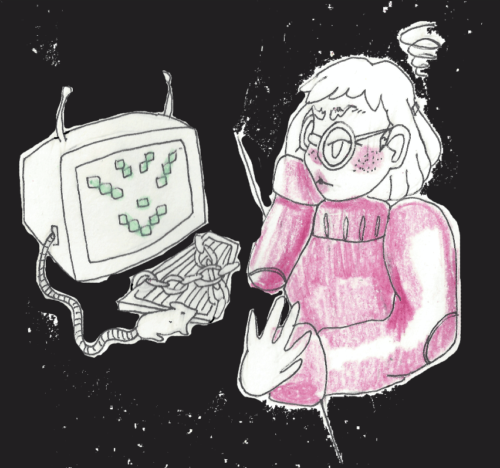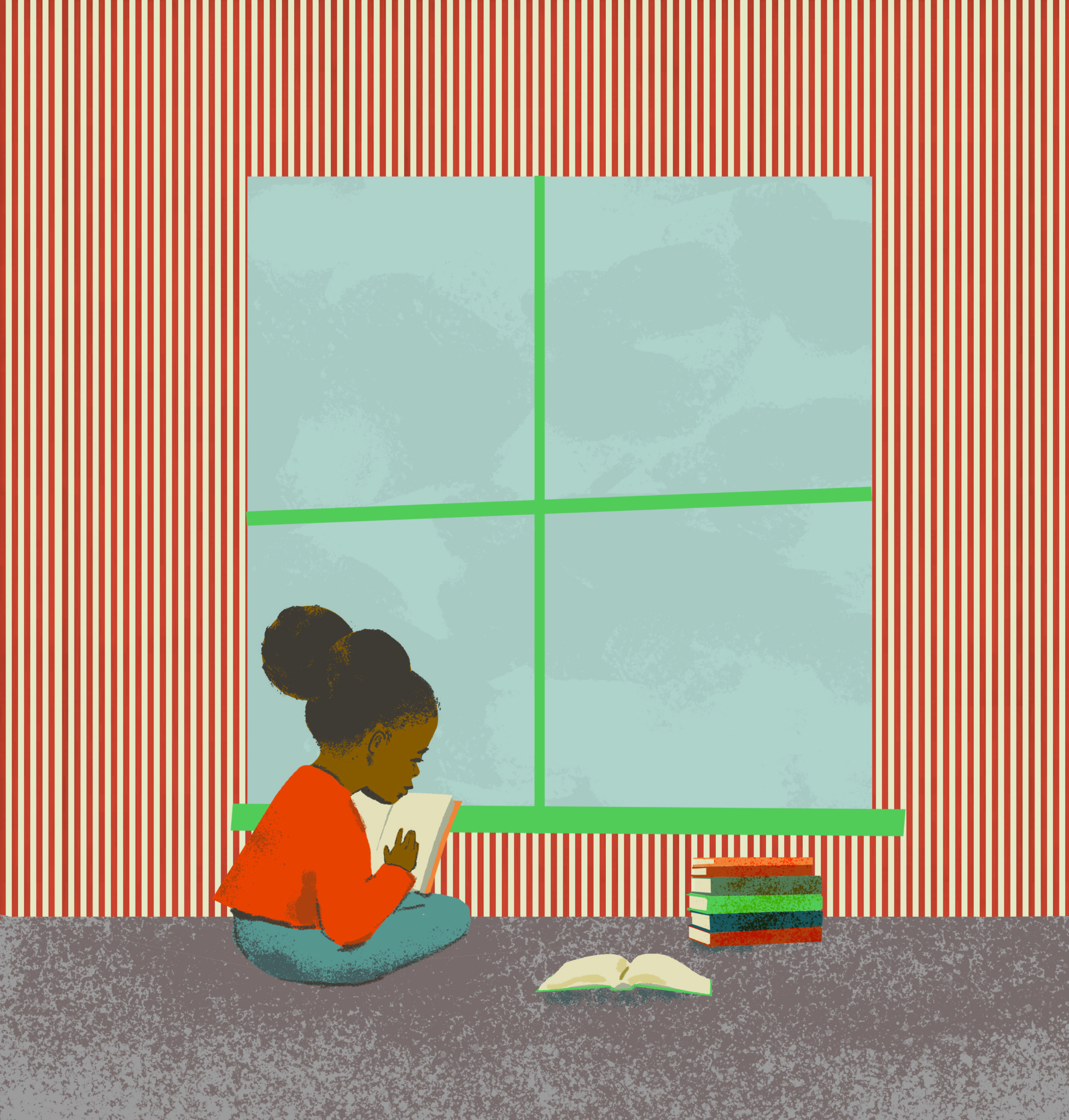For Arvel Wynn, getting his son, Elijah, the special education services he needs during remote learning has been a struggle. Elijah is a fourth grader at Mollison Elementary in Bronzeville. Like most parents in Chicago Public Schools (CPS), Wynn didn’t know what to expect for his son after schools closed last March due to the COVID-19 pandemic. When CPS introduced the new remote learning format in mid-April, he thought it meant his son would be receiving the support he needed for his disability. But Wynn said it took more than a month and a half for Elijah to receive the help he needed.
Now, in an effort to reopen schools for in-person learning, CPS is welcoming back pre-Kindergarten to 8th grade students and some students in cluster programs who have special needs. When classrooms first reopened in January, some teachers attempted to continue teaching remotely but CPS kicked them out of their accounts. Only nineteen percent of pre-K and cluster students who were eligible to return to the classroom did so in the second full week of January.
As of press time, negotiations between CPS and the Chicago Teachers’ Union are at gridlock. On January 20, 416 school social workers, therapists, psychologists, and nurses signed a letter saying they will continue working remotely until there is a safer reopening plan. On January 24, CTU members voted to continue teaching remotely after CPS did not meet their demands. In response, CPS asked parents to keep their kids at home and continue with virtual learning. K-8 students and staff are still expected to return to classrooms on February 1.
In a statement about servicing students with special needs during the pandemic, CPS claimed that “school leadership is committed to working with families to ensure their students are receiving all of the support they need in order to be successful.”
However, Miriam Bhimani, a parent advocate and former teacher, said the Office of Diverse Learner Supports and Services was “completely non-responsive and completely dysfunctional” during the first week of in-person learning in 2021. “They haven’t issued guidance to anyone—their own district reps, clinicians, teachers, or families,” she said.

Elijah was first diagnosed with a disability when he was in Kindergarten. CPS recommended that he begin receiving special education services and his parents agreed. The school created an Individualized Education Program (IEP), a plan outlining goals for special education students to meet their needs.
Close to fifteen percent of students in CPS have IEPs. As a part of his IEP, Elijah would have a team of school staff members including the general education teacher, special education teacher, case manager, parents and clinicians, as needed, overseeing his academic goals. They would measure his progress once a year. “An IEP is like a thirty-page document that you almost have to be a lawyer” to understand, said Wynn.
“When we first started meeting [as a team], they didn’t explain to us how the IEP worked.” It wasn’t until Wynn met with Terri Smith-Roback, a special education advocate, that he was finally able to understand his son’s IEP. That’s when he said he realized the school had set low expectations for his academic goals. By the time he reached the third grade, Elijah still couldn’t read.
“Another thing was that they kept switching [special education] teachers and psychologists every year,” said Wynn. “So he never had the same person working with him, someone he could get comfortable with.” Later on, he also realized that Elijah was never assigned a paraprofessional for extra support even though it was listed on his IEP.
Concerns over special education have only increased because of the pandemic. The current reopening plan as detailed in the recently issued CPS Principal Handbook lays out limited special education guidelines in the hybrid learning model.
Special education instruction is measured in minutes, which are determined in the IEP, or a separate individualized plan called the 504 Plan, and are covered by the Individuals with Disabilities Education Act (IDEA) or the Americans with Disabilities Act (ADA). Failure to provide instruction for the totality of these minutes can violate federal civil rights.
Guidance around the integration of special education students in the classroom is concerning to Smith-Roback. One specific guidance in the handbook is about the 70/30 rule regarding least restrictive environments for special education students. State law says that if an IEP student requires classroom time with general education students, the classroom must have seventy percent general education students and a maximum of thirty percent IEP students.
However, in the handbook CPS tells principals that the thirty percent requirement applies to “class roster, not pods.” Pods are “small, designated groups of approximately fifteen students (i.e., a socially-distanced classroom) who attend in-person instruction and activities together,” according to CPS. The definition of “classroom” is left up to the principal’s interpretation, meaning that general education students learning from home could be considered a part of the classroom. It leaves room for principals to place all special education students of a classroom into one pod, which could violate the 70/30 policy.
“If principals interpret the 70/30 language to mean that in-person [general ed] classrooms can contain more than thirty percent special education students, then the [CPS principal guidance] completely subverts the 70/30 rule,” says Smith-Roback.
CPS did not provide clarification to the Weekly about the guidance it issued regarding this rule.
“Many kids receive small-group minutes from teachers or clinicians; think social work, physical therapy, occupational therapy, speech. In the simultaneous teaching model, this is nearly impossible,” Bhimani said. “Kids cannot be pulled into their small groups from their pods because it would violate health protocols.” Bhimani adds that clinicians would be forced to provide those students their services while students participate virtually from the classroom, where the other kids can hear them, limiting participation and defying privacy laws.
CPS has a history of violating federal special education laws. In 1992, a group of families filed a federal lawsuit against CPS claiming that students with disabilities had been segregated into separate classrooms, violating the IDEA which mandated a “free appropriate public education” for students with disabilities. The families also argued that the Illinois State Board of Education (ISBE) failed to provide oversight of the special education services in CPS.
By 1998, a federal court approved a settlement requiring CPS to participate in a three-year program that would force the school district to come into compliance with federal law regarding the education of students with disabilities. CPS and ISBE also agreed to be under federal oversight throughout the process of improving its services for special education students. Federal oversight was supposed to end by 2006, but issues around implementation of better services kept it around until 2013.
The school district came under fire again in 2016 after parent advocates and disability rights advocates raised the alarm on the district illegally overhauling its special education procedures, according to a WBEZ investigation. After conducting its own investigation, which concluded CPS had violated federal law, ISBE voted to impose Corrective Action upon CPS and appointed a monitor to oversee its implementation for at least three years. Simultaneously, funds for special education services were cut by $29 million. The district is still under the watchful eyes of the monitor.
Parents, teachers, and elected officials have expressed concern for the current reopening plan. Over 100 Local School Councils have passed resolutions urging the district to delay its current plan until a safer one is in place, according to a recent count by the parent advocacy group, Raise Your Hand (RYH). Forty-two aldermen signed onto a letter this month urging the mayor to do the same. But despite those efforts—and a new variant of the COVID-19 virus surfacing in Chicago—the plan to reopen elementary schools is moving forward.
Things have been better for Elijah since the start of this school year. The principal hired another special education teacher in the fall and Elijah has been able to better adapt to the remote learning setting. The school also retracted the recommendation that Elijah should move into a cluster program, allowing him to stay at Mollison.
When asked if he considered sending Elijah back to school for in-person instruction, his father says there’s too many unknowns. “I don’t want to send my kid to be a guinea pig.”
Editor’s note 7/1/24: Three years after publication, we were informed that Wynn’s claims about a special education teacher were contested by that teacher. The Weekly has removed references to claims about the teacher from the story.
Kelly Garcia is a freelance journalist covering education and was previously a Civic Reporting fellow for City Bureau. She last wrote for the Weekly about the 2020 Local School Council elections.

